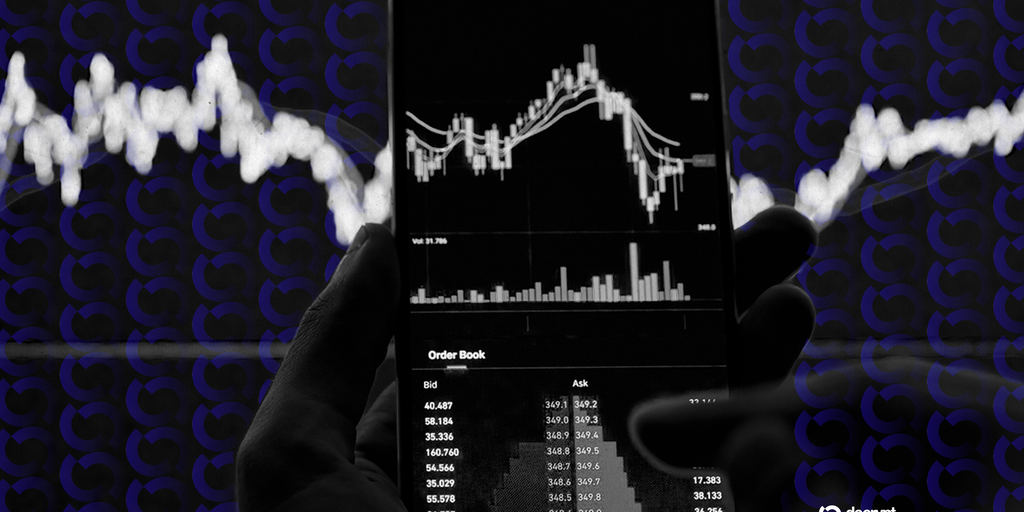This article takes a deep dive into why prominent market makers like Wintermute halted trading during Bitcoin’s sharp crash, shedding light on liquidity challenges, systemic risks, and resilience in the cryptocurrency ecosystem.
Why Wintermute and Other Market Makers Stopped Trading During Bitcoin Crash, $19B Liquidation
Estimated reading time: 6 minutes
Core Insights:
- Market makers’ role in liquidity and trade execution
- Why Wintermute halted trading during Bitcoin’s crash
- The broader implications for the crypto ecosystem
- Necessity for improved risk management protocols
The Backbone of Liquidity: Understanding Market Makers
Market makers are often seen as the cornerstone of cryptocurrency exchanges, ensuring liquidity and smooth trade execution. By maintaining tight spreads and consistent pricing, they provide accessibility for both institutional and retail investors.
But even they are vulnerable during extreme volatility.
When Bitcoin plunged to a near two-year low, $19 billion in liquidations across exchanges created cascading sell-offs. Key market makers like Wintermute temporarily halted trading operations, sending shockwaves through the crypto community regarding liquidity gaps and price stability.
Why Did Wintermute Pause Trading?
Evgeny Gaevoy, CEO of Wintermute, said:
“Automated algorithms guiding trades become less reliable during such sudden crashes, widening spreads to unsustainable levels. It’s a prudent choice to prioritize mitigating losses over filling gaps in the order books.”
Uncertainty during extreme market stress brings risks of flash crashes, pricing data errors, and mismatches, which could deepen exposure losses for firms like Wintermute. For these reasons, their temporary halt was a calculated strategy aimed at long-term survival.
Ripple Effects on Retail Investors
This decision by Wintermute reflects the fragile balance between institutional priorities and retail needs. Retail investors suffer the consequences:
when liquidity evaporates unexpectedly, the resulting price slippage and poor trade execution significantly impact smaller market participants.
Key takeaway: As markets evolve, retail concerns about accessibility and reliability during high-volatility events grow louder.
A Call for Stronger Crypto Infrastructure
Lessons learned: Exchanges and trading platforms must reassess safeguards against black-swan scenarios. Developing fortified infrastructures for reliable operations during extreme volatility has become an urgent priority.
This Bitcoin crash serves as a wake-up call for crypto participants to recalibrate strategies and solidify ecosystem resilience amid constantly shifting dynamics.
The Bigger Picture: Risk, Resilience, and Cooperation
For seasoned cryptocurrency investors, this episode underscores the omnipresence of risks—both systemic and individual.
Innovation in digital assets often comes with large swings. Events like these expose gaps that demand urgent attention.
Wintermute’s decision highlights the necessity for greater alignment between market-makers and traders. To foster long-term stability: risk management practices must be rigorously tested, and cooperation between participants should be prioritized.
Conclusion: Wintermute's actions during the Bitcoin crash remind us that the path to stability in crypto markets depends on collective efforts, robust risk management protocols, and clear strategies to handle volatility.


